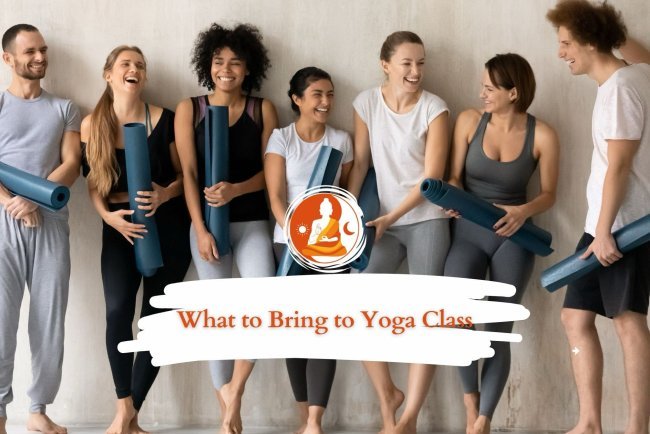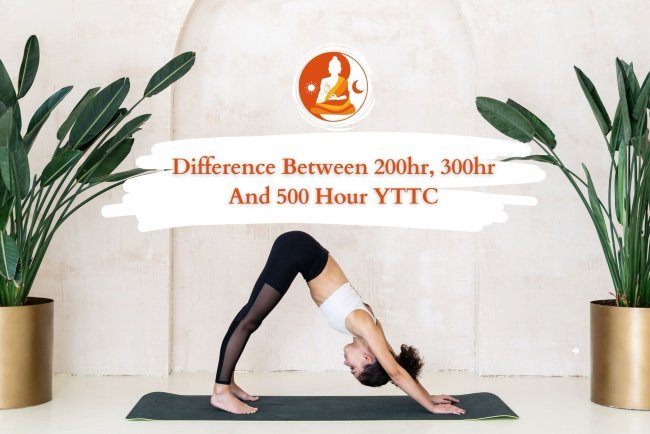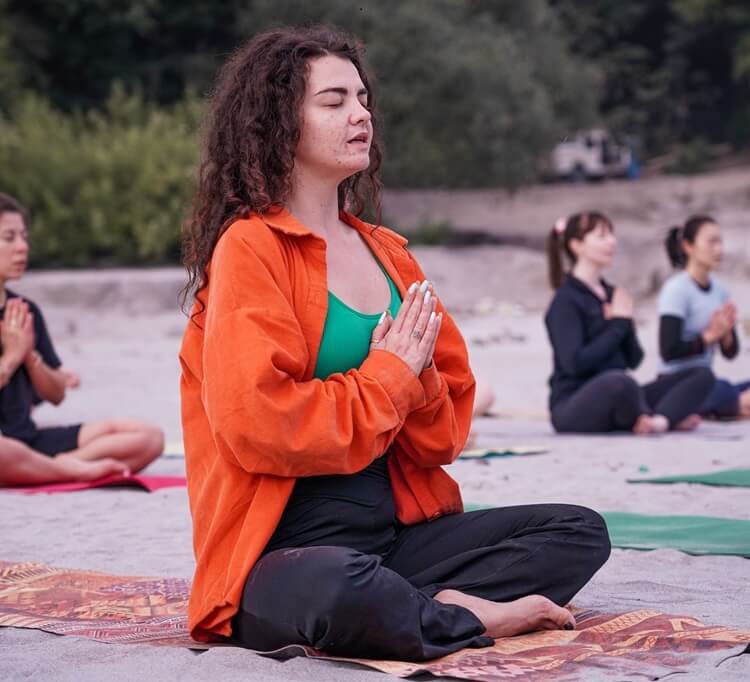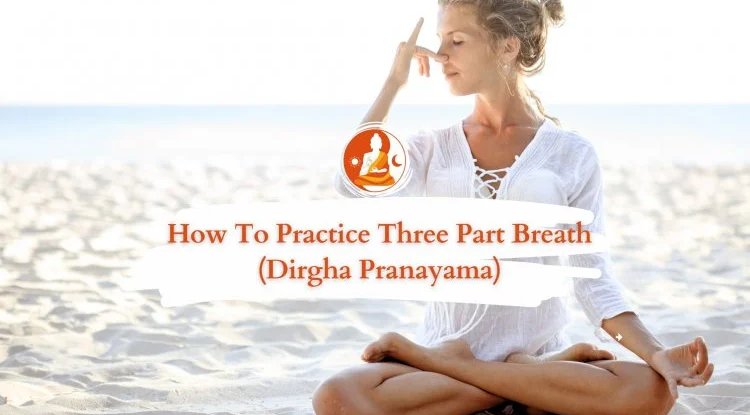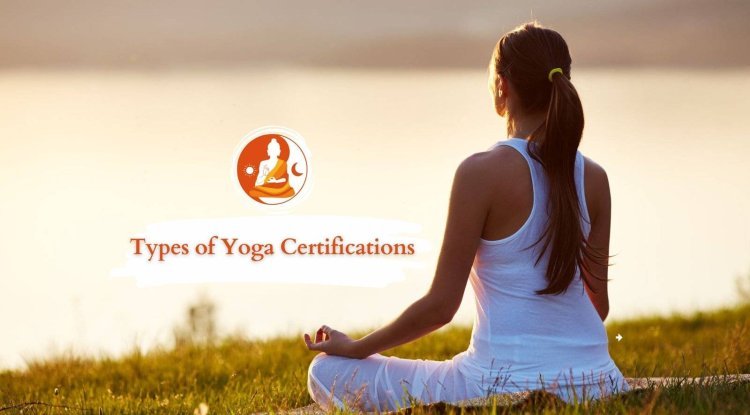Ujjayi Pranayama – The Victorious Breath

Ujjayi Pranayama, also known as Victorious Breath or Ocean's Breath, is a powerful yogic breathing technique that promotes deep relaxation and inner calm. The name comes from the Sanskrit word ‘jaya’, meaning victory—hence, Ujjayi is often translated as Victorious Breath.
This technique is renowned for its ability to induce a state of peace, focus, and mental clarity, making it an excellent practice to prepare the mind for meditation.
What sets Ujjayi apart is the gentle constriction of the throat during both inhalation and exhalation. This creates a soft, ocean-like sound that is in harmony with the breath—soothing the nervous system and helping you stay present in the moment.
Whether you use it to deepen your asana practice or to ease into a meditative state, Ujjayi Pranayama invites you into a space of inner strength and serenity.
Initial Position for Practicing Ujjayi Pranayama
Before you begin Ujjayi Pranayama, it's essential to find a comfortable and steady seated position that allows for ease of breath and an upright spine. Here’s how to get started:
Choose a Comfortable Seated Pose:
-
Sit in Sukhasana (Easy Pose), Padmasana (Lotus Pose), or Vajrasana (Thunderbolt Pose).
-
If sitting on the floor is uncomfortable, you may sit on a chair with your feet flat on the ground. Ensure that your back is not resting against the chair.
Spine Alignment:
-
Keep your spine tall and straight, with your shoulders relaxed.
-
The crown of your head should be aligned over your pelvis to allow energy and breath to flow freely.
Hand Position:
-
Rest your hands gently on your knees or thighs, palms facing up or down based on comfort.
-
You may also use a mudra, like Chin Mudra or Jnana Mudra, to deepen focus.
Close Your Eyes:
-
Softly close your eyes and begin to bring your awareness inward, preparing the mind and body for practice.
How to Practice Ujjayi Pranayama (Victorious Breath)
Follow these simple steps to practice Ujjayi Pranayama, a powerful breathing technique that calms the mind and energizes the body:
-
Sit Comfortably
Begin in a comfortable seated position with your spine, head, and neck aligned. Choose a pose like Sukhasana, Padmasana, or sit on a chair with feet flat on the ground. Keep your shoulders relaxed and your face soft, with a gentle smile.
-
Close the Mouth
Keep your lips lightly closed and breathe only through the nose throughout the practice.
-
Constrict the Throat
As you inhale, gently constrict your throat (specifically the glottis, part of the larynx) so the air passes through a narrowed passage
Tip: It should sound like a soft whisper or gentle ocean wave. Think of the sound you make when fogging up a mirror—but with your mouth closed.
-
Inhale Slowly and Deeply
Breathe in through the nose with this throat constriction, drawing the breath slowly and deeply into your chest.
The breath should feel smooth, rhythmic, and quiet, never forced or strained.
-
Retention (Optional)
Hold the breath comfortably for a count of up to 6 seconds (or as long as feels natural).
Start with 3–4 seconds and gradually build up with consistent practice.
-
Exhale Slowly
Exhale through the nose, maintaining the same gentle throat constriction.
The breath should flow out smoothly, with that same soft, oceanic sound.
Repeat
Continue this cycle for 5–10 minutes to start, gradually increasing duration as you grow more comfortable. Focus on the sound and feel of your breath to deepen your awareness.
Benefits of Ujjayi Pranayama (Victorious Breath)
Ujjayi Pranayama is more than just a breathing technique—it’s a bridge between body, mind, and spirit. Regular practice can bring a multitude of physical, mental, and emotional benefits:
Mental & Emotional Benefits:
-
Reduces stress, anxiety, and depression by calming the nervous system
-
Enhances mental clarity, focus, and concentration
-
Promotes emotional stability and greater self-awareness
-
Helps distance the mind from chronic pain by promoting detachment and calm
Physical & Therapeutic Benefits:
-
Cleanses phlegm and aids in detoxification of the respiratory system
-
Helps manage cold, cough, fever, and indigestion
-
Stimulates and regulates the thyroid gland, making it beneficial for thyroid-related disorders
-
Supports liver function and overall digestive health
-
Activates the parasympathetic nervous system (rest-and-digest mode)
-
Stimulates the vagus nerve, enhancing relaxation and emotional regulation
-
Shown to improve sleep quality and assist in managing hypothyroidism
Contraindications
Ujjayi Pranayama is generally safe but should be modified or avoided in certain conditions:
Avoid breath retention if you suffer from:
-
High blood pressure (hypertension)
-
Heart conditions
-
Severe anxiety or panic disorders
Practice Tips for Ujjayi Pranayama
-
Keep facial muscles relaxed and maintain a slow, rhythmic breath.
-
Avoid any jerky movements during inhalation or exhalation.
-
The breath sound should be soft and subtle, like a baby’s snore—not loud or harsh.
-
Tune into your body—release any tension in the jaw, throat, neck, or teeth.
-
With regular practice, your comfort and control over the breath will naturally improve.
Is Ujjayi Pranayama Appropriate for Beginners?
In Ashtanga and Vinyasa styles of yoga, Ujjayi Pranayama—often referred to as "Victorious Breath"—is introduced early in the practice. It's praised for increasing focus, endurance, and generating internal heat to purify the body and energize the system.
However, despite its widespread use, Ujjayi is not without risks, especially for beginners.
Potential Risks of Improper Practice:
Many practitioners, in an attempt to produce the signature Ujjayi sound, apply excessive force or constriction in the throat. When this breath becomes mechanical or strained:
-
It can overheat the body
-
Agitate the nervous system rather than calm it
-
Create physical tension and disturb the natural energy flow
-
Lead to energy blockages in the subtle body
-
Reinforce the ego and attachment to performance over awareness
Instead of fostering peace and self-transcendence, overemphasis on the sound or intensity of the breath can amplify inner restlessness and subtly strengthen the ego—counterproductive to the spiritual goals of yoga.
When Should You Practice Ujjayi Pranayama?
One of the beautiful aspects of Ujjayi Pranayama is its versatility—you can practice it anytime, anywhere.
Whether you're at home, at work, driving, or simply waiting in line at the market, Ujjayi breath can instantly bring a sense of calm and centeredness. If you're feeling tense or overwhelmed, take a moment to sit, close your eyes if possible, and begin slow, rhythmic Ujjayi breathing—you’ll likely feel a noticeable shift in your mental and physical state.
Ideal Times to Practice:
-
During stressful moments: To relax your nervous system and calm the mind
-
Before meditation: To prepare the mind for stillness and deeper focus
-
After your asana practice: To bring the body into a state of rest and integration
-
While holding poses: To maintain stability and presence during longer holds
-
At the beginning or end of a yoga session: As a transition into or out of your practice
Whether used on the mat or off, Ujjayi is a powerful tool for self-regulation, enhancing both mindfulness and inner peace.
Concluding Thoughts on Ujjayi Pranayama
Ujjayi Pranayama is more than just a breathing technique—it's a powerful tool for self-regulation, awareness, and healing. It even plays a role in balancing body temperature: during inhalation, it gently warms the body, while exhalation has a naturally cooling and calming effect. Though performed through the nostrils, the breath resonates in the throat area, creating a steady rhythm that becomes so seamless, you may hardly notice the shift between inhale and exhale.
The beauty of Ujjayi lies in its accessibility. You can easily learn this technique from the comfort of your home through live online yoga classes led by qualified and certified instructors. If time allows, onsite training offers a more immersive experience.
At Yin Yang Yoga Academy—a prestigious and Yoga Alliance Certified Yoga School—you can explore both online and in-person courses, including:
Once you master Ujjayi breathing, you’ll find it becomes a natural, intuitive part of your daily life—helping you stay calm, grounded, and centered in any situation.
What's Your Reaction?








